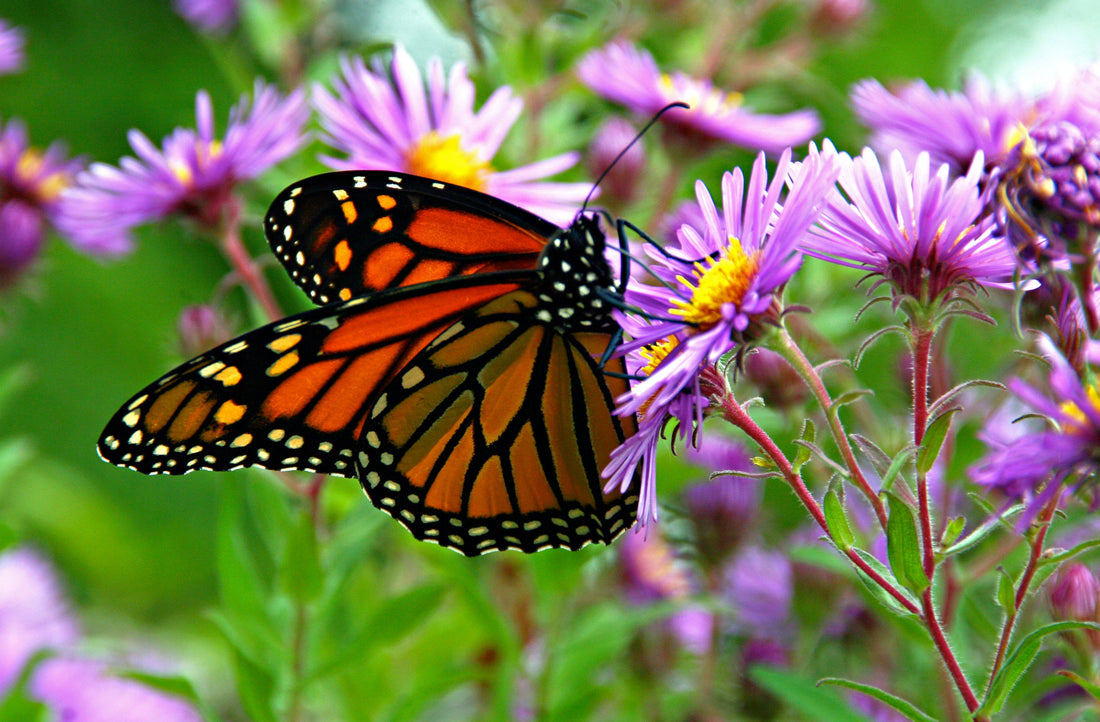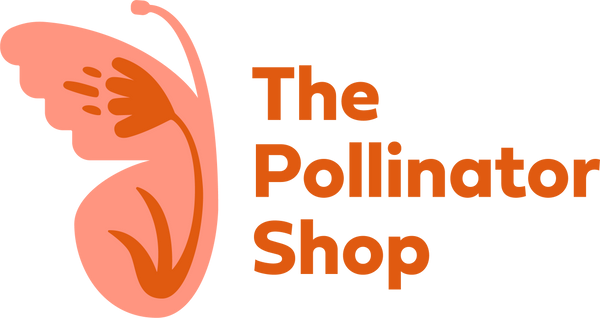
The Magic of Monarchs: Butterflies as Pollinators
Share
Butterflies are among the most enchanting pollinators in the natural world, and monarch butterflies hold a particularly special place in the ecosystem. As they flutter from flower to flower, monarchs play a crucial role in pollination, transferring pollen and helping plants reproduce. Unlike bees, which are more efficient pollinators due to their body structure, butterflies rely on their long proboscis to sip nectar, inadvertently picking up pollen and spreading it as they travel.
The Marvelous Migration of Monarchs
What makes monarch butterflies truly extraordinary is their migration. Monarchs in North America travel thousands of miles between their breeding grounds in the United States and Canada to their overwintering sites in Mexico and California. This migration is unique among insects and requires multiple generations to complete.
However, monarch populations are in decline due to habitat loss, pesticide use, and climate change. One of the most effective ways to support monarch butterflies is by planting milkweed, the only plant on which monarch caterpillars feed. Without milkweed, monarchs cannot complete their life cycle.
How You Can Help
-
Plant native milkweed species in your garden or community spaces.
-
Reduce pesticide use to protect butterfly habitats.
-
Participate in citizen science projects to track monarch populations.
For more information, visit Monarch Joint Venture.
